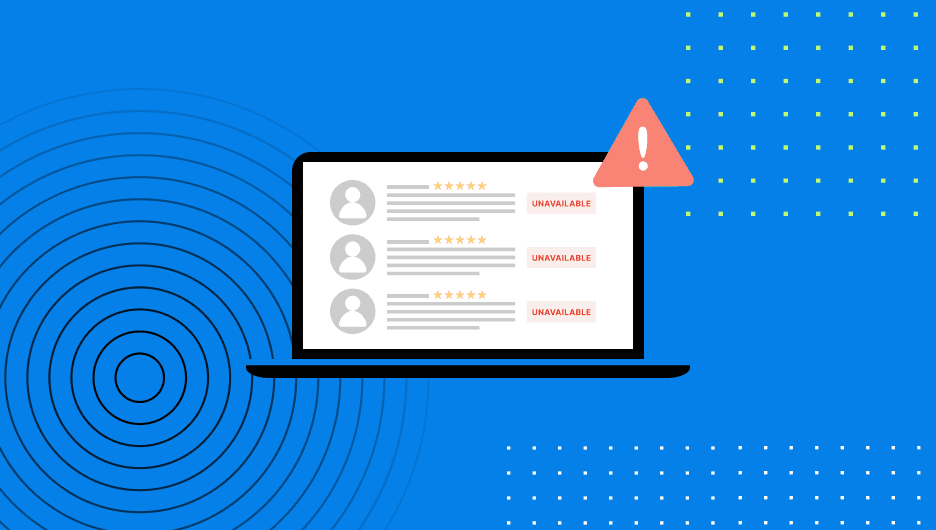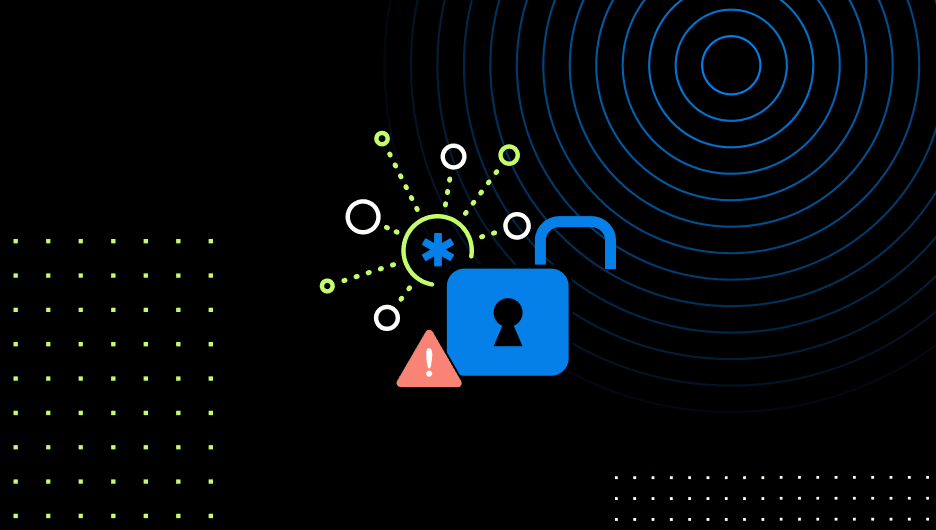Supply Chain Security + How to Solve 5 Most Common Risks
Better understand what is needed to maintain a secure supply chain and the major risks associated that you should keep in mind.
Supply chain security has become increasingly important due to the emergence of new risks associated with digitization and technological advancements.
Companies—of all shapes and sizes—are investing in automation and innovative technology to improve their industry-level risk management strategies.
So, what exactly does maintaining supply chain security look like? While there is no one-size-fits-all approach, we have compiled a comprehensive guide, outlining all you need to know about fostering a secure supply chain.
What is Supply Chain Security?
Supply chain security involves managing the risk of external suppliers, vendors, logistics, and transportation throughout a company's business operations. This applies to any entity or organization involved in the delivery of products or services.
A secure supply chain accurately identifies, analyzes, and mitigates any risks associated throughout an organization or third-party organizations.
Supply Chain Security: The Importance
Supply chain security is a high priority for many organizations, as a breach within the system could damage or disrupt operations. In particular, vulnerabilities within a supply chain could lead to unnecessary costs, inefficient delivery schedules, or involve a loss of intellectual property.
While threats cannot be completely avoided, supply chain security can protect organizations from cyber threats, data breaches, theft, and more.
How Does Supply Chain Security Work?
Supply chain security involves the use of third-party software, as well as close collaboration among businesses, suppliers, and resellers. When sensitive data is shared and networks become intertwined, a single breach can affect a much wider audience.
Today, cyber threats have become one of the biggest supply chain security risks, exposing vulnerabilities in technology-based companies through malware attacks, piracy, and unauthorized access. Organizations can mitigate physical attacks through tracking and checking regulatory paperwork.
5 Most Common Software Supply Chain Threats
Software supply chain security threats include cyber threats negatively impacting the integrity of sensitive data and data protection. According to Socket, here are the five most common software supply chain security concerns below:
1. Typosquatting
This refers to the malicious practice of uploading packages with names that are intentionally similar to popular ones, but with typos, capitalization differences, or look-alike characters. Users who accidentally mistype the package name when attempting to install a legitimate package end up installing a malicious one instead. This can lead to various security issues such as data breaches or system compromises.
2. Malicious Install Scripts
Some packages include post-install scripts that run automatically once the package is installed. If these scripts are crafted with malicious intent, they can cause substantial damage, including unauthorized system access, data theft, and more. This risk is particularly high with packages sourced from less reputable or unvetted repositories.
3. Dependency Confusion
This occurs when a public package is named identically to a private package used internally within an organization. When the build process is initiated, the package manager could fetch the public package instead of the private one, potentially injecting malicious code into the system.
4. Legacy or Unmaintained Packages
Older packages that have not been updated or patched pose a considerable risk, as they may contain known vulnerabilities that can be exploited by malicious entities. This issue is compounded when these older packages are part of the dependencies of current applications.
5. Obfuscated Code
This is code that has been deliberately made difficult to read and understand. It’s often used to conceal the actual functions of the code and make it harder to detect any malicious activities. Packages containing obfuscated code can be a serious security risk, as they may perform unauthorized actions or contain hidden vulnerabilities that are not immediately apparent. This could lead to data theft, unauthorized system access, and other security breaches.
Supply Chain Security Best Practices
Supply chain security requires a multifaceted approach. Here are several important strategies to consider to maintain a secure supply chain:
Security Strategy Assessments
To properly assess risk and compliance, companies must evaluate existing security governance including data privacy, third-party risk, and IT regulatory compliance needs and weaknesses.
Modernization and Training
Leaders should modernize their business processes and software, in order to take advantage of encryption, data loss prevention, and file access monitoring and alerting, as well as provide security awareness and training to their partners.
Vulnerability Testing
Implement penetration tests to find vulnerabilities in all aspects of new and existing applications. By conducting vulnerability testing, organizations can proactively identify weaknesses in their systems, such as unpatched software, misconfigured devices, or inadequate access controls, that could leave them susceptible to attacks.
Data Encryption
Data encryption is critical for protecting sensitive data. This can help prevent unauthorized access to the data, even if it’s intercepted or stolen.It can also help organizations avoid legal and financial consequences that could result from a data breach.
Third-Party Risk Management
By implementing a third-party risk management program, organizations can take appropriate measures to mitigate these risks. In the event of a compliance violation, system shutdown, or data breach that goes public, this allows partners and vendors to be on the same page and assess potential damage.
Incident Response
Proactively preparing for a breach and having a robust incident response plan in place is essential. Practiced, tested and easily executed response plans and remediation may prevent loss of revenue, damage to reputation, and partner and customer churn.
Recent Supply Chain Breaches
Many of the largest software supply chain attacks have taken place in the last couple of years.
SolarWinds was the hack that put software supply chain attacks on the map. Its IT monitoring system, Orion, which is used by over 30,000 organizations including federal, state, and local agencies, was compromised by hackers.
In July 2021, Kaseya, an IT management software company, was a victim of a supply chain attack, which affected more than 1,500 businesses.
Other major data breaches include Target and Home Depot, which were caused from third-party relationships.
Mitigating Risk With Automation
At Drata, we take an integrated approach to supply chain security and risk transformation across the board. We can help you identify, understand, prioritize, and manage risks across the extended supply chain for a more secure, resilient, and productive business. Book a demo with our team today.





